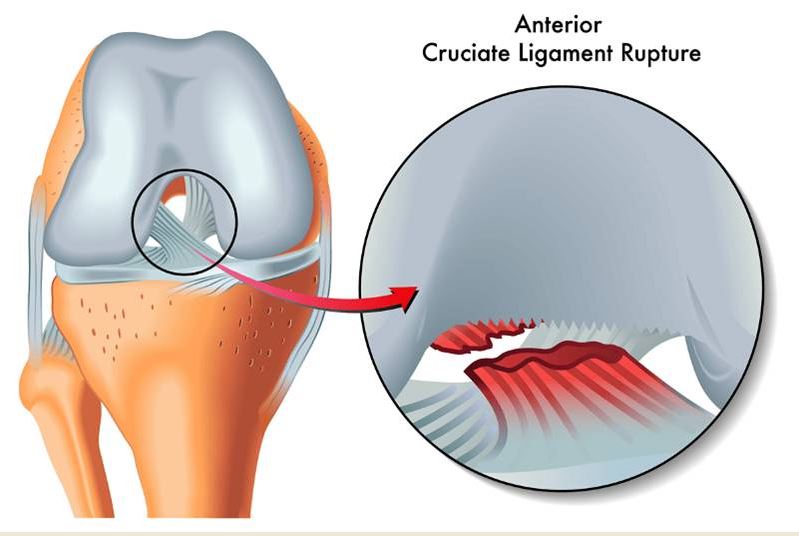Evidence of ACL healing on MRI following ACL rupture treated with rehabilitation alone may be associated with better patient-reported outcomes: a secondary analysis from the KANON trial.
Filbay SR, Roemer FW, Lohmander LS, et. al. Br J Sports Med. 2022 doi: 10.1136/bjsports-2022-105473. Epub ahead of print.
Take-Home Message
Almost one in three participants offered supervised exercise therapy with an optional delayed anterior cruciate ligament (ACL) reconstruction had MRI evidence of spontaneous ACL healing two years after an ACL rupture. Those who healed are more likely to report better patient-reported outcomes than participants without healing or who received an early or delayed ACL reconstruction.
Background
Many assume that a ruptured ACL cannot heal spontaneously. If we better understood how often a ruptured ACL heals and how ACL healing relates to patient-reported outcomes, we could identify the best treatment options for certain patients.
Study Goal
Filbay and colleagues completed a secondary analysis of data from the KANON trial to report how often the ACL heals within the first five years after an ACL injury and compare 2- and 5-year outcomes among those who did or did not heal.
Methods
The KANON randomized controlled trial compared outcomes between 62 participants who received early reconstruction and 59 participants who received supervised exercise therapy with an optional delayed ACL reconstruction. A blinded radiologist assessed each knee for ACL healing (on MRI) and osteoarthritis 2 and 5 years after injury. The primary outcomes of interest were ACL healing, the Knee Injury and Osteoarthritis Outcome Score (KOOS), Tegner Activity scale, passive knee laxity measurements, and osteoarthritis at 2 and 5 years after injury.
Results
Two years after injury, 30% (16 of 54) of participants assigned to rehabilitation with the option of delayed ACL reconstruction had evidence of ACL healing. More specifically, 53% of participants (16 of 30) treated with rehabilitation alone had evidence of ACL healing. Participants who demonstrated ACL healing reported better KOOS scores at the 2-year follow-up than the non-healed, delayed ACL reconstruction, and early ACL reconstruction groups. At the 5-year follow-up, KOOS scores between groups were more similar.
Viewpoints
The results of this study demonstrate that spontaneous ACL healing occurs in approximately 30% of people with an ACL rupture. This finding of spontaneous healing is consistent with prior research. Participants with ACL healing reported better knee symptoms than peers who did not heal or received an ACL reconstruction (early or delayed). Hopefully, this study will spark new research with larger cohorts to help us identify who will experience spontaneous ACL healing and benefit from this healing.
Questions for Discussion
Do you feel this study will impact your clinical practice regarding ACL ruptures and their treatment?
Written by: Kyle Harris
Reviewed by: Jeffrey Driban
Related Posts
Why Patients Who Are Treated Nonopertively After an ACL Injury Decide To Have Surgery
Management after acute injury of the anterior cruciate ligament (ACL), part 2: management of the ACL-injured patient
Coaching the Coach, Get ACL Injury Prevention Programs to Stick!
BEAR: A Bridge to Better Psychological Readiness After an ACL Injury
Are Patients Checking all the Boxes Following an ACL Reconstruction?


